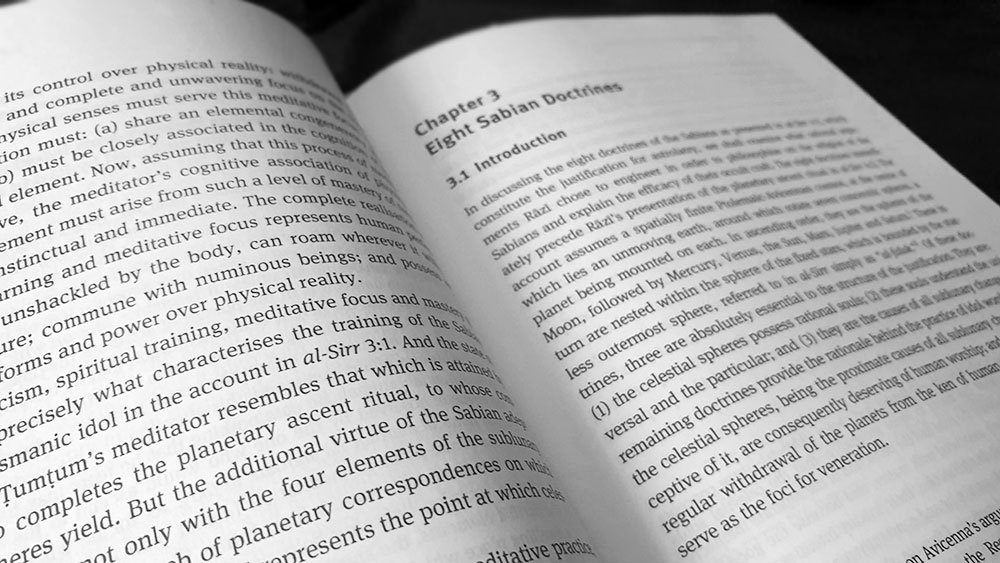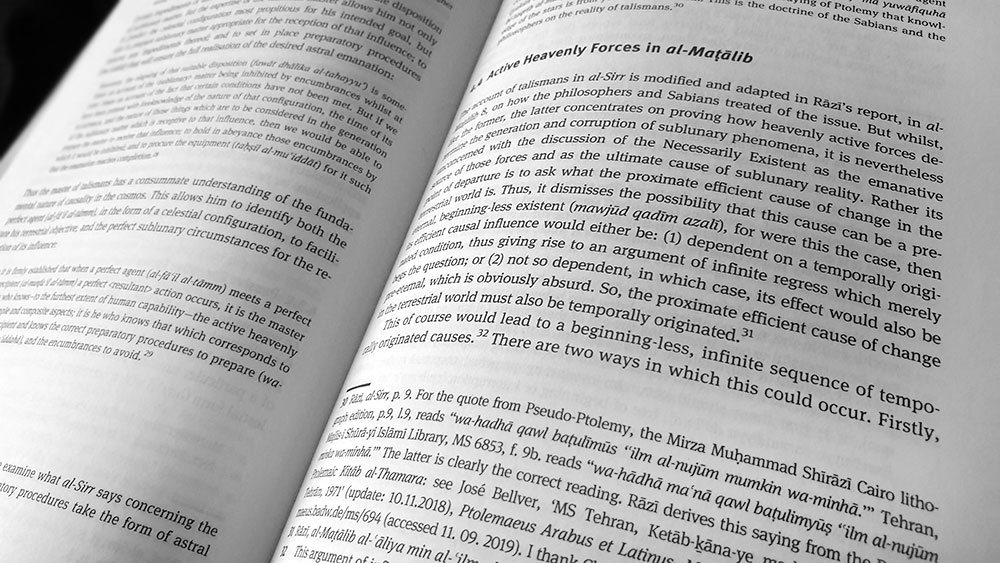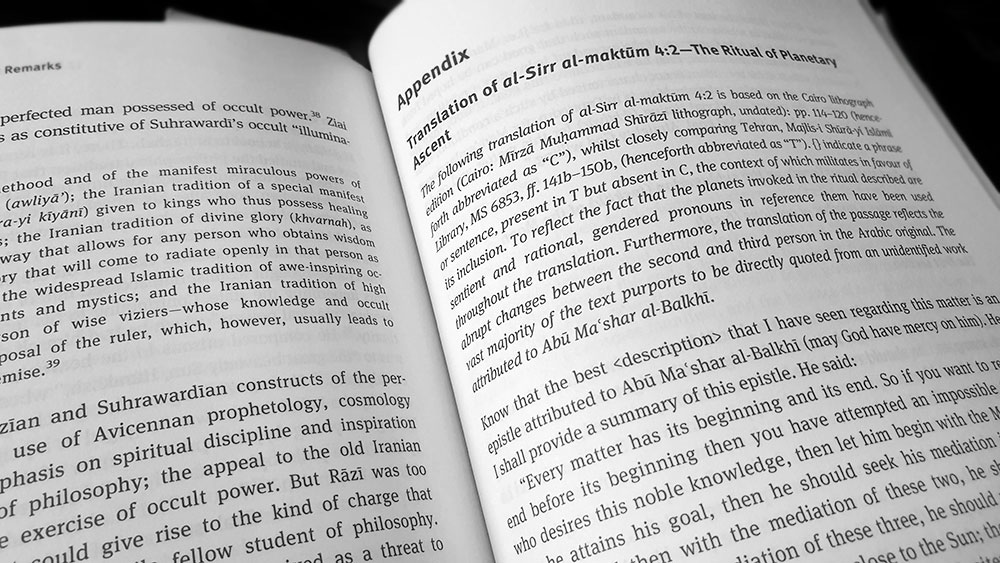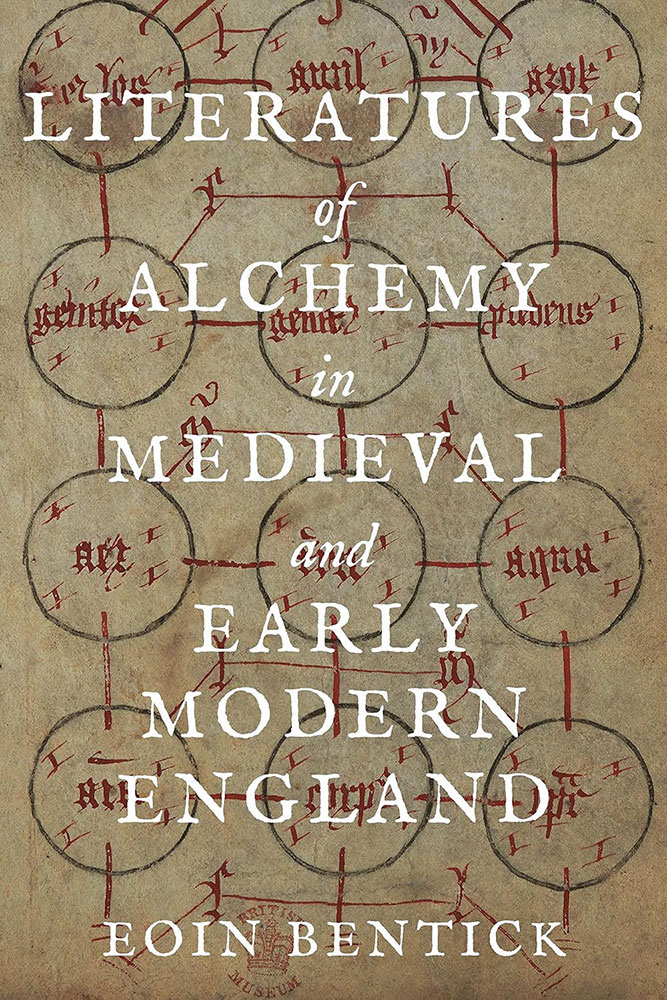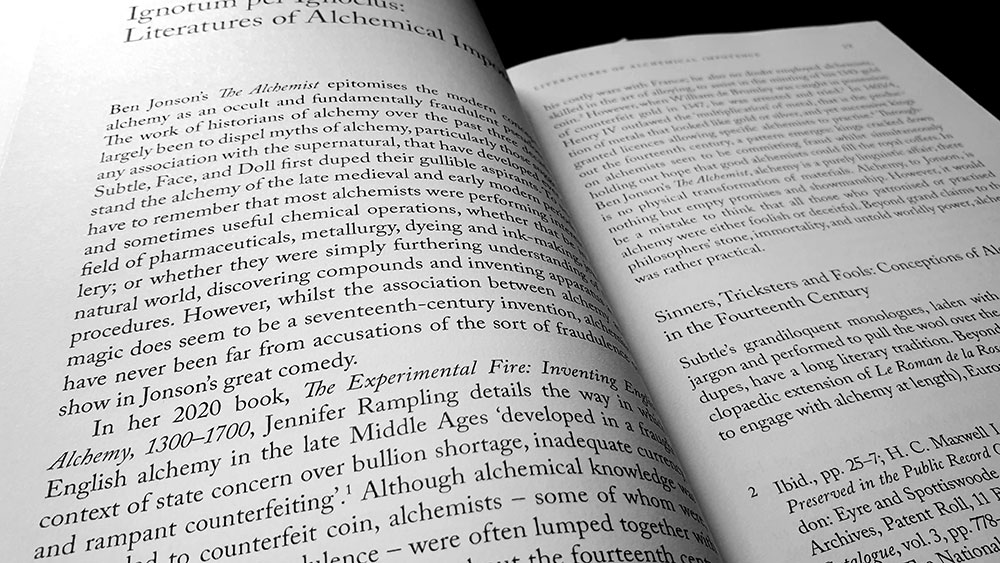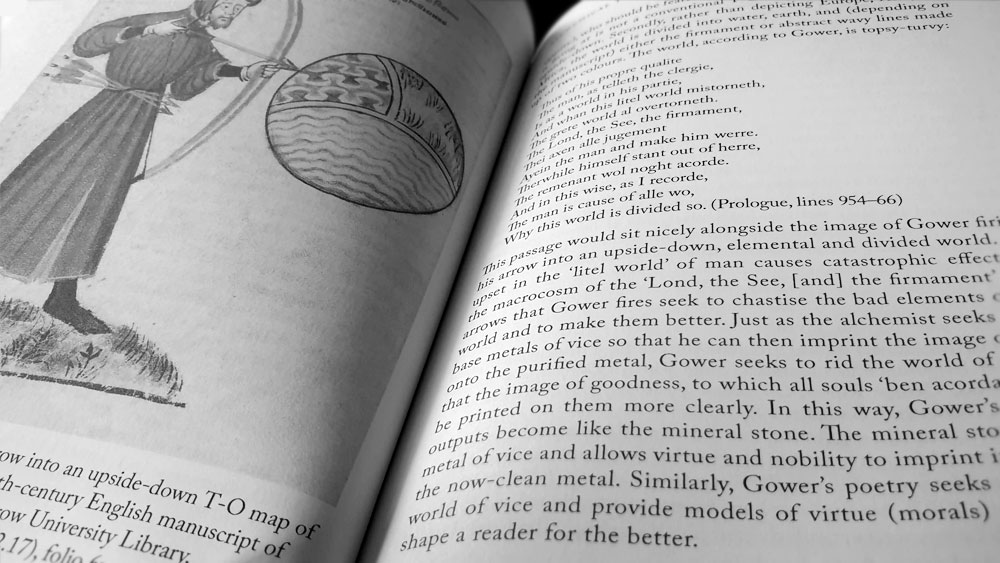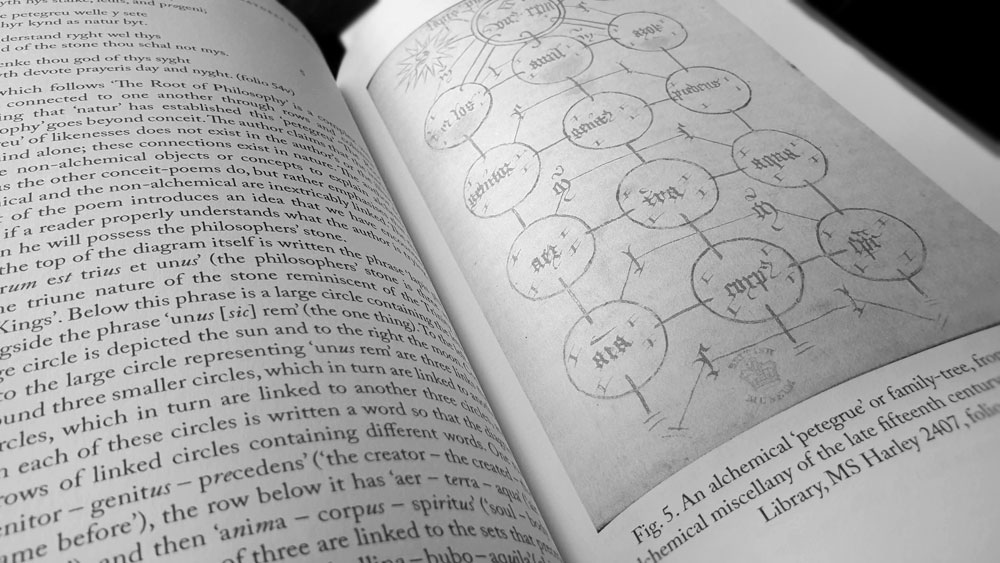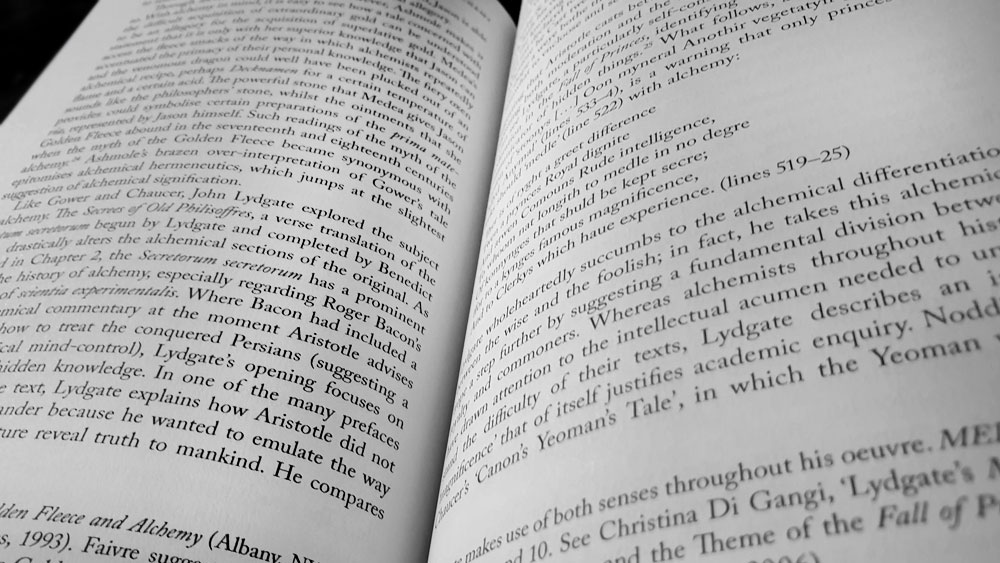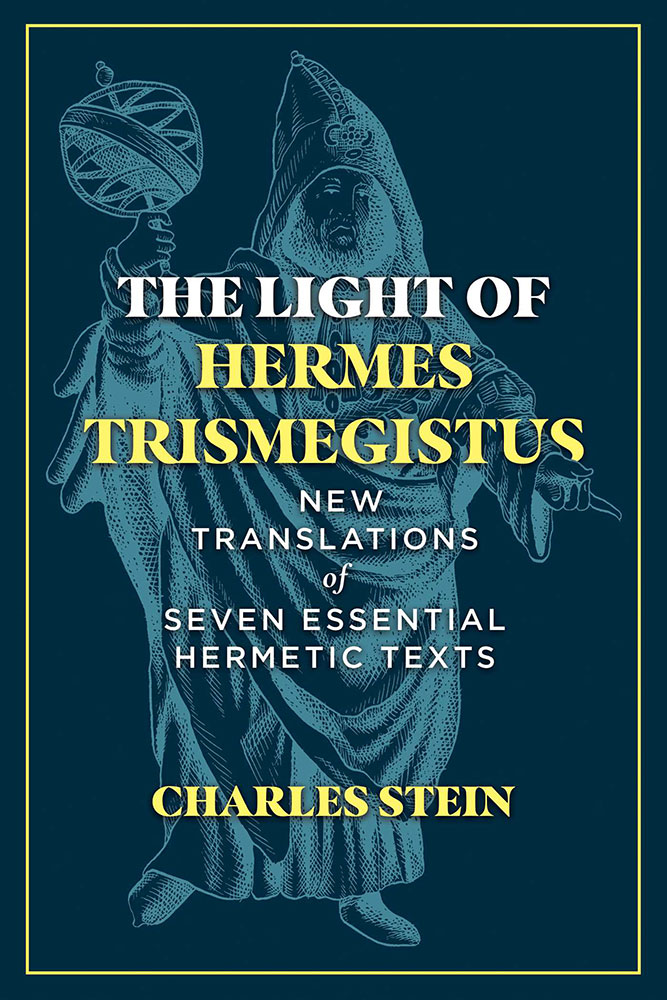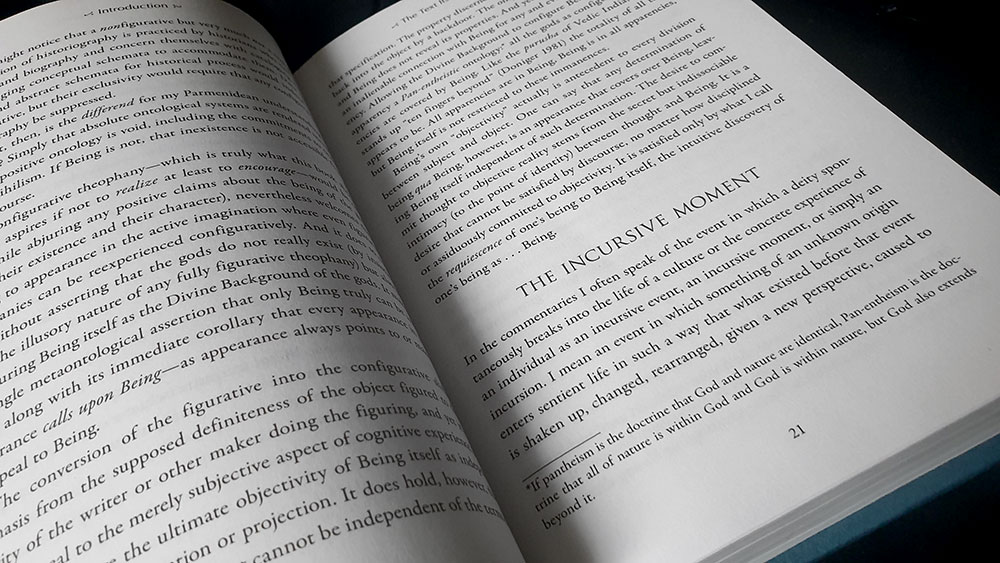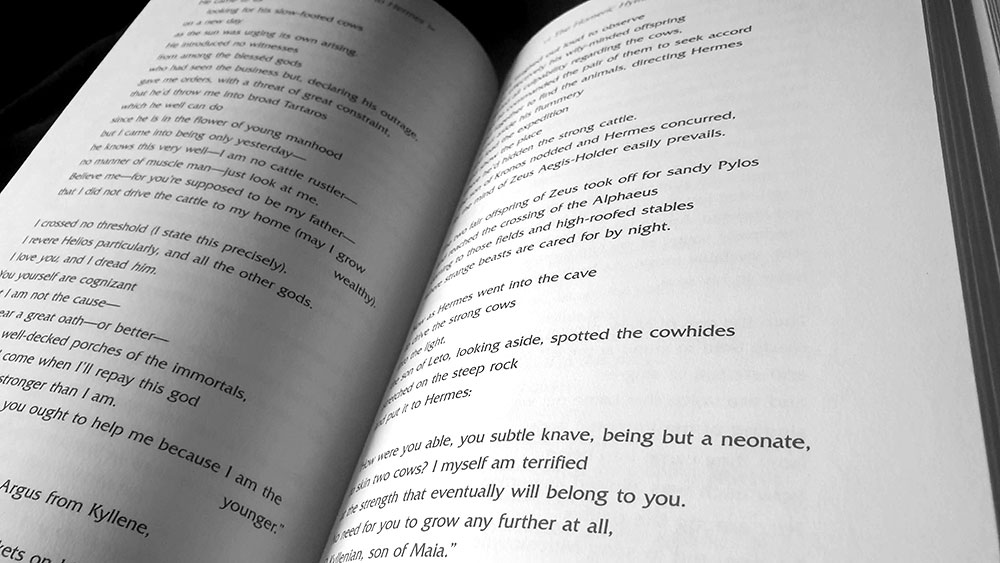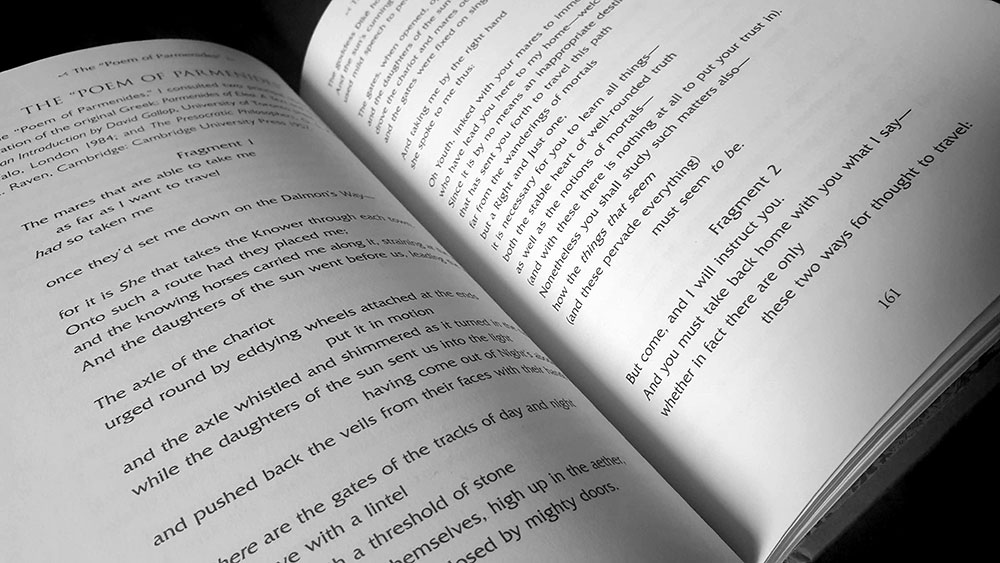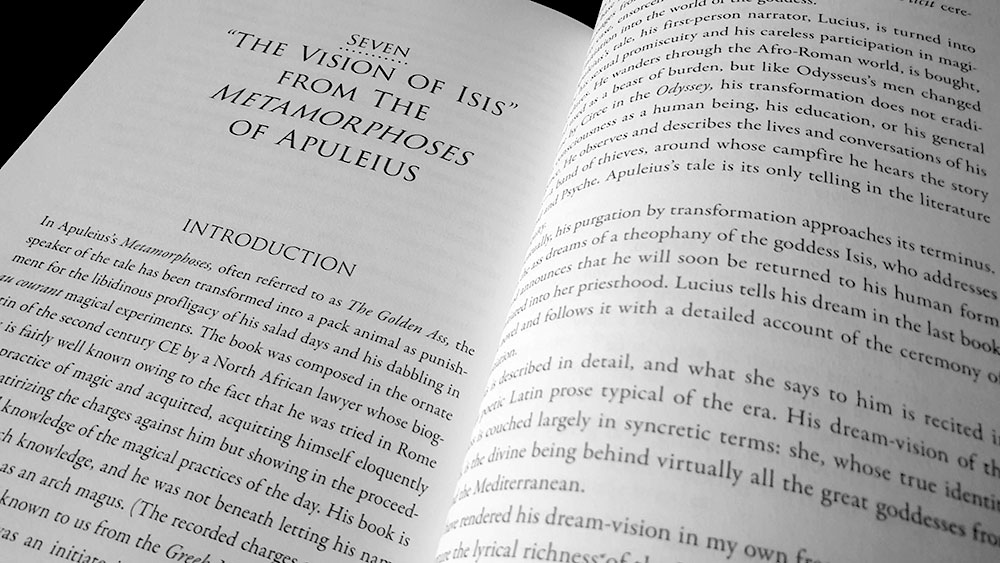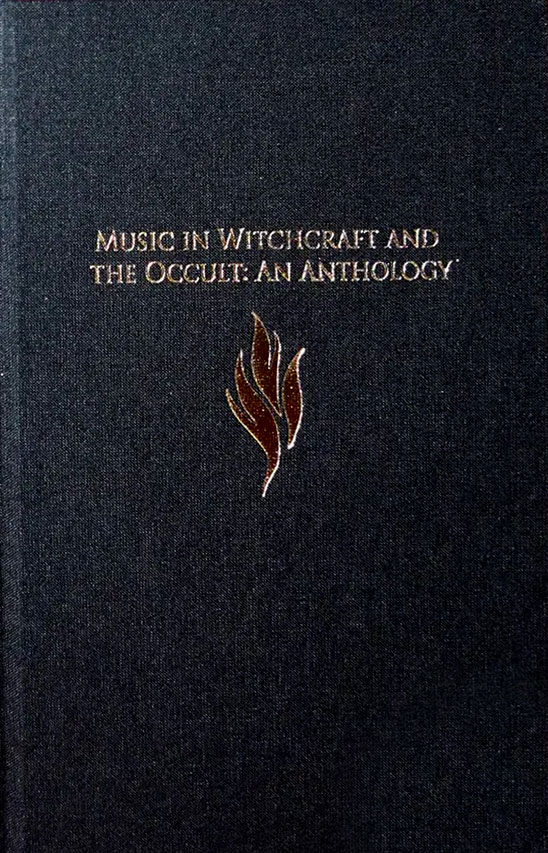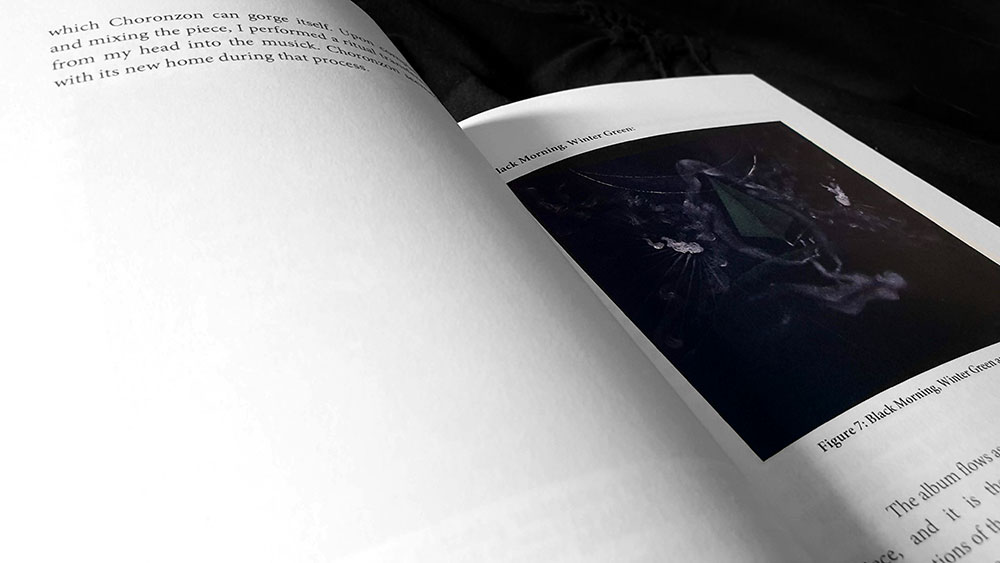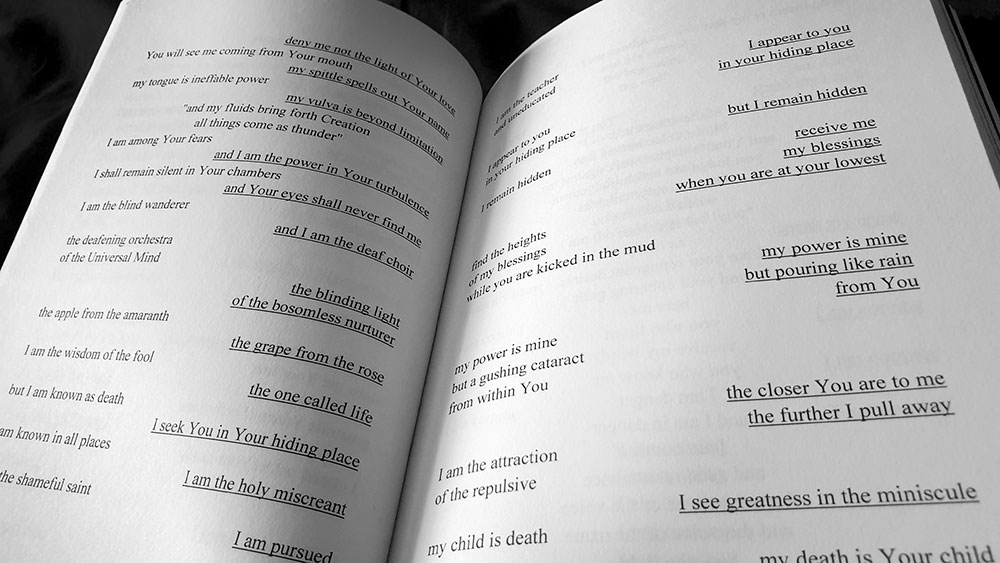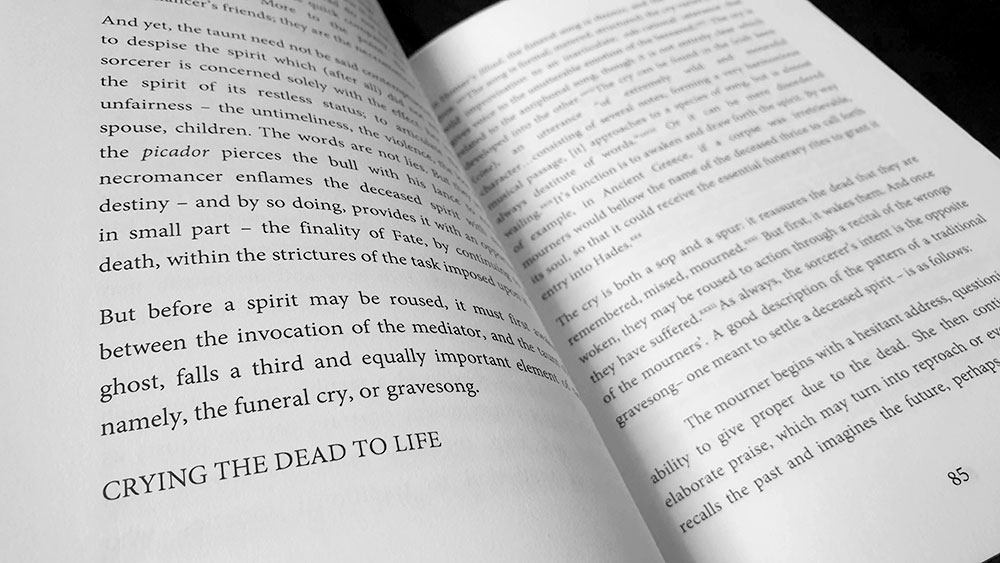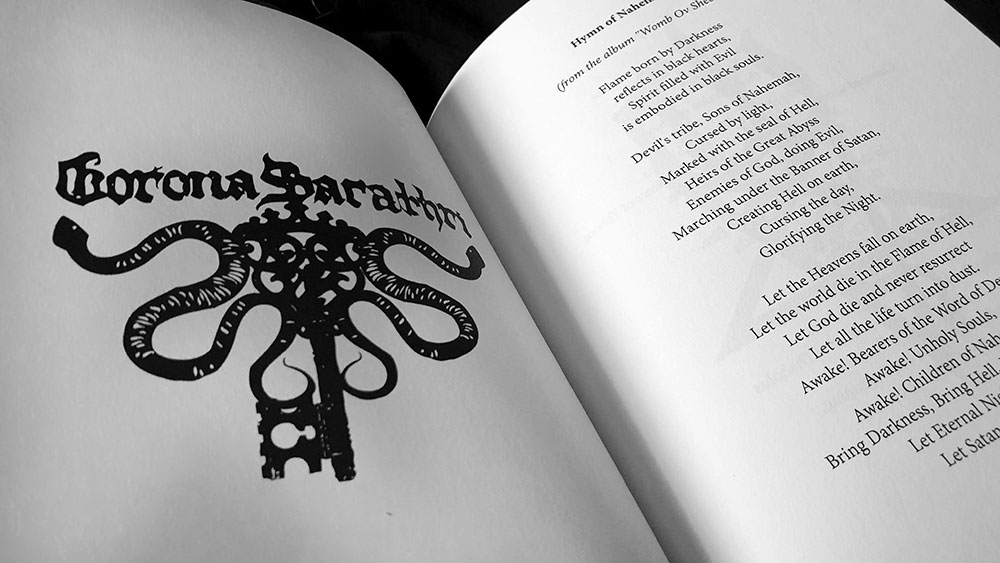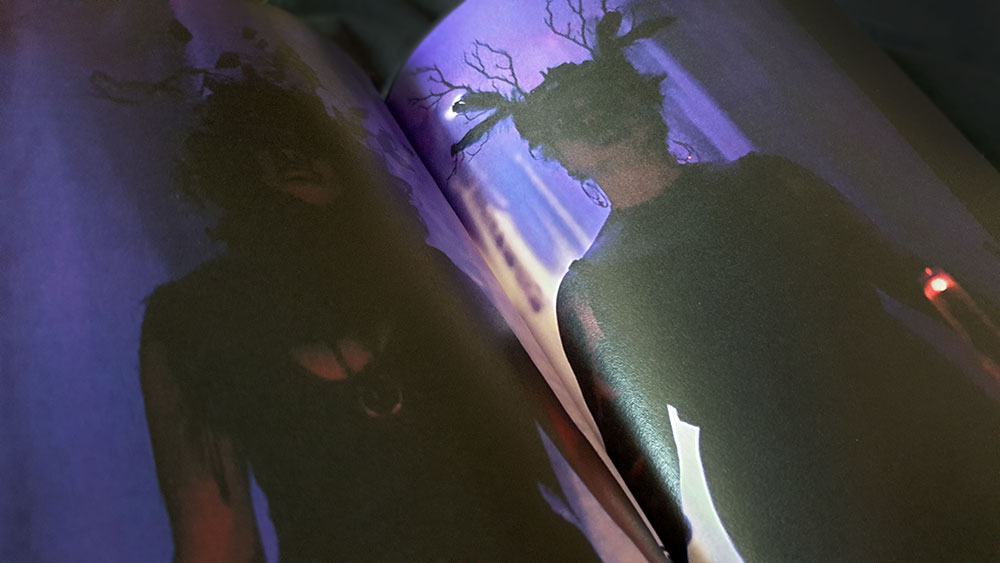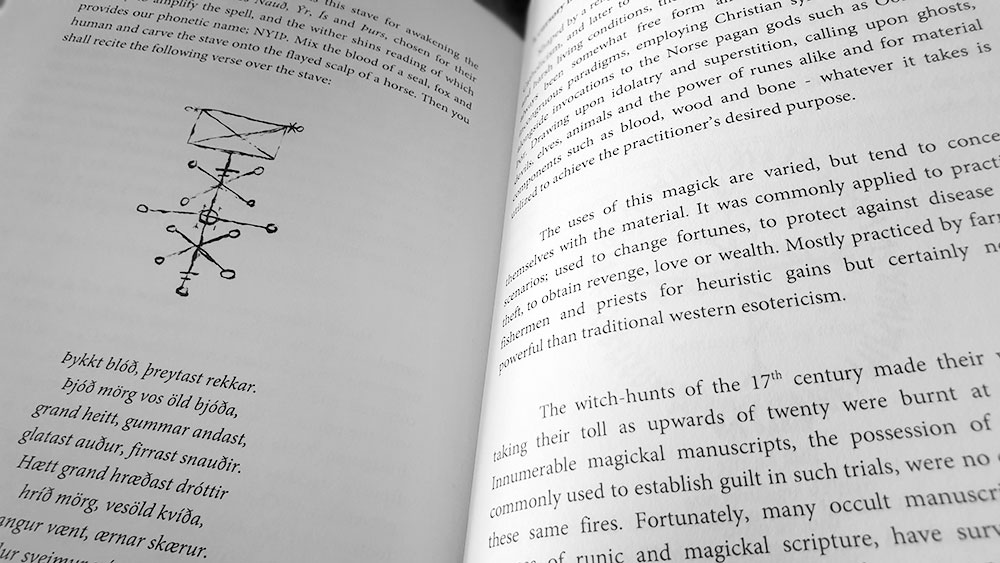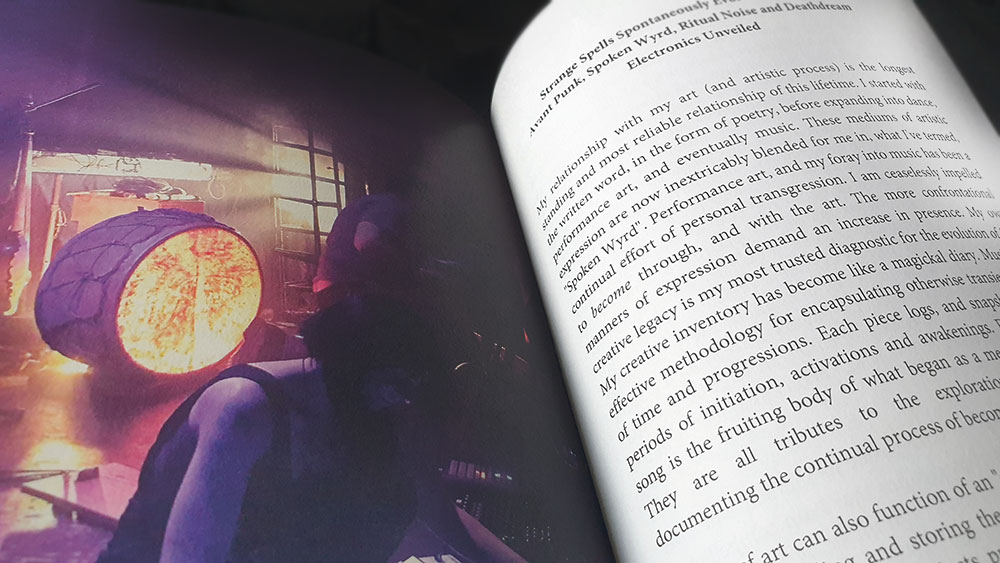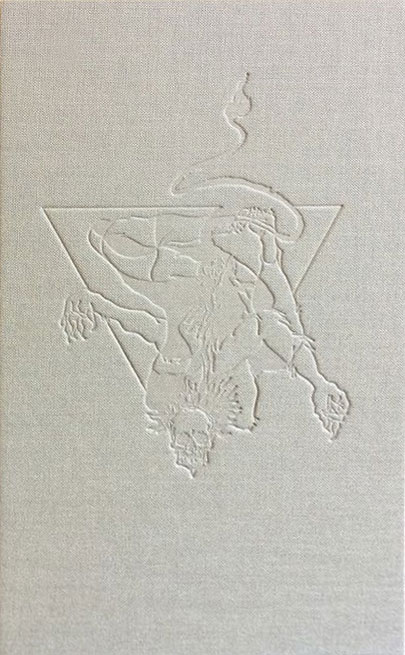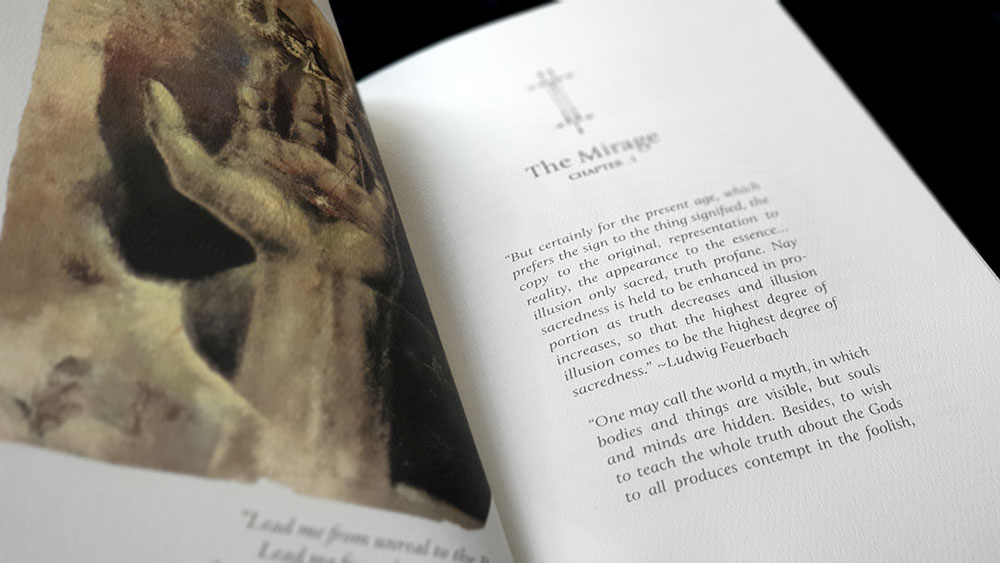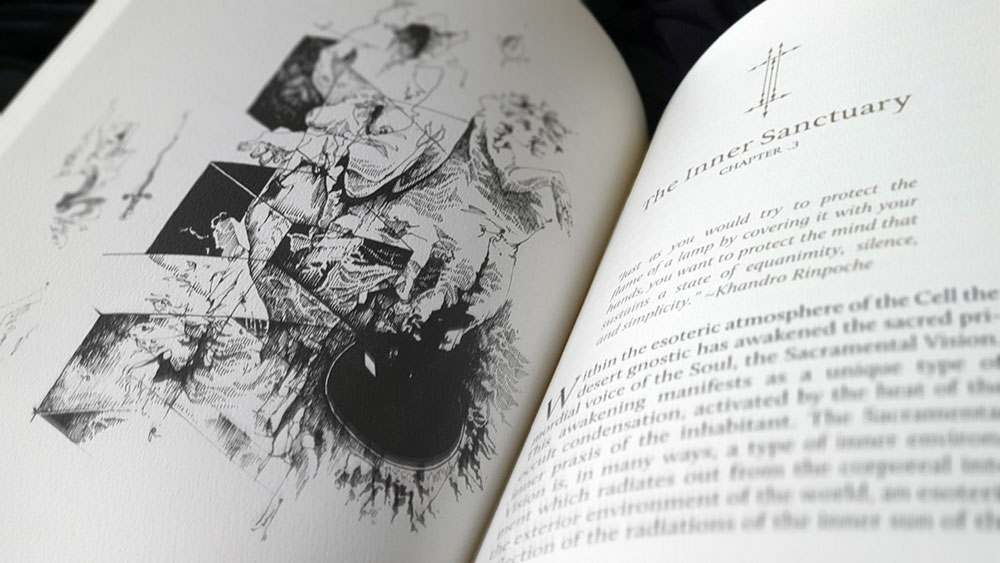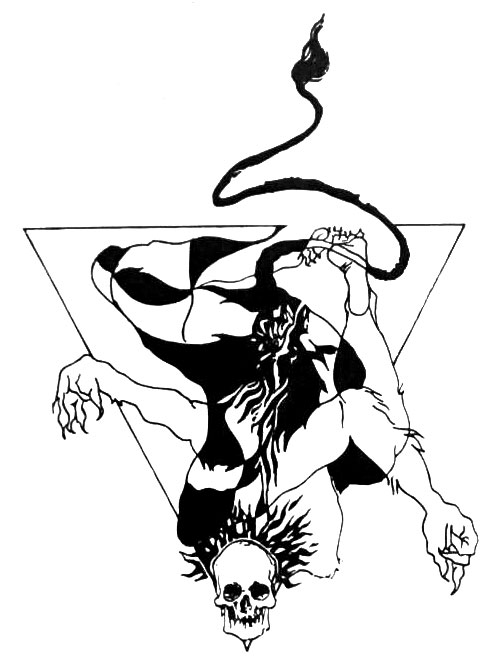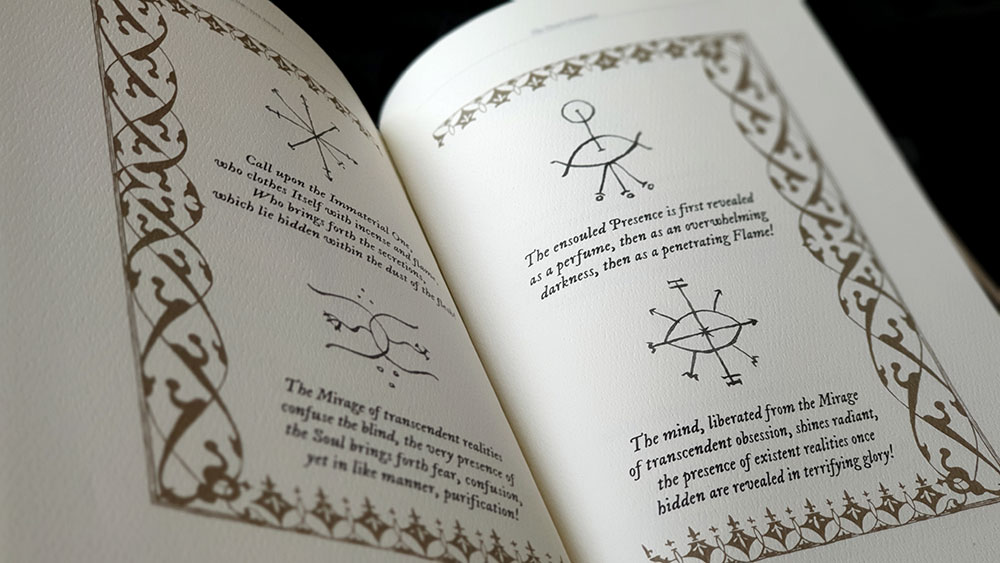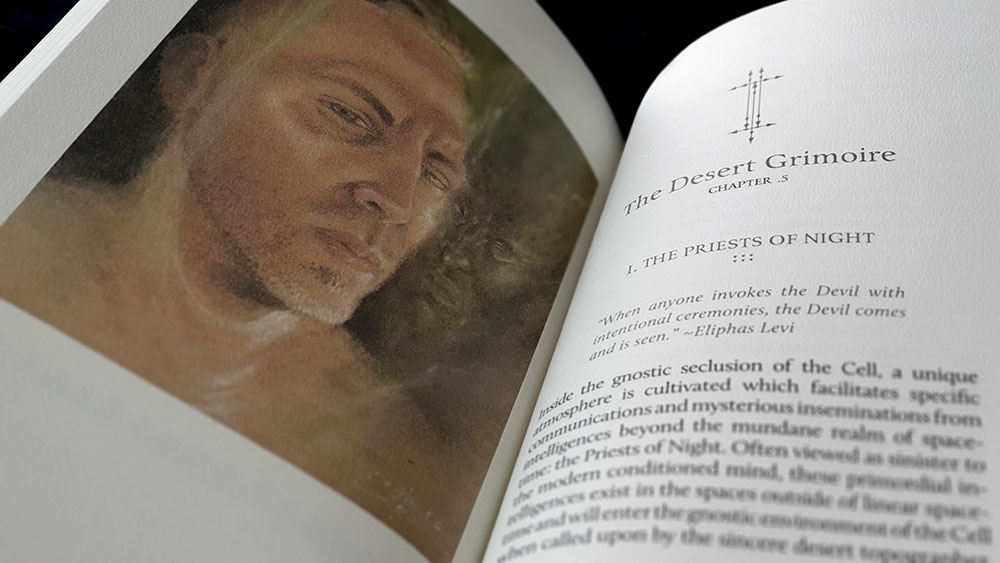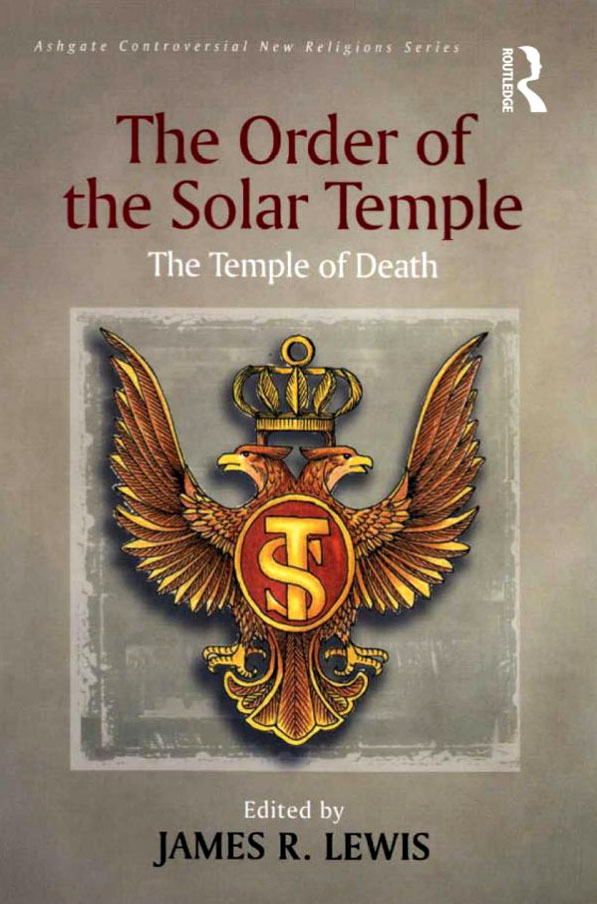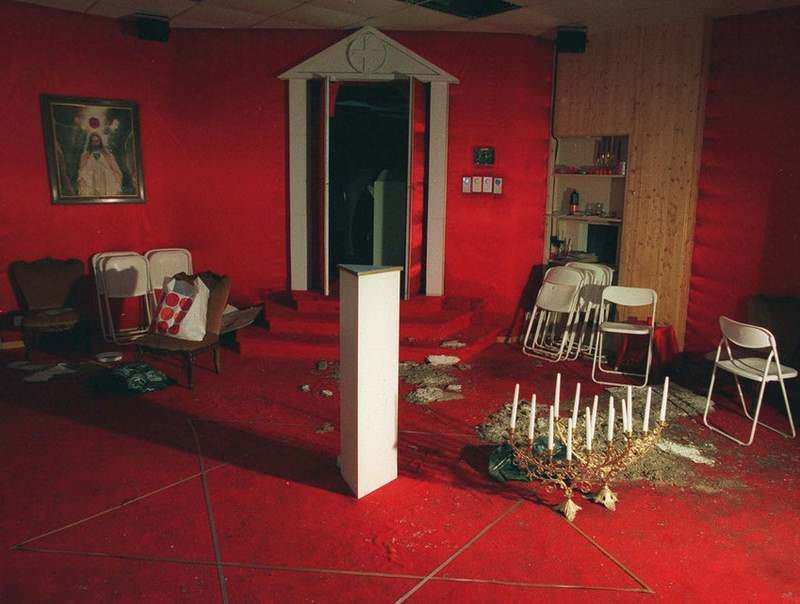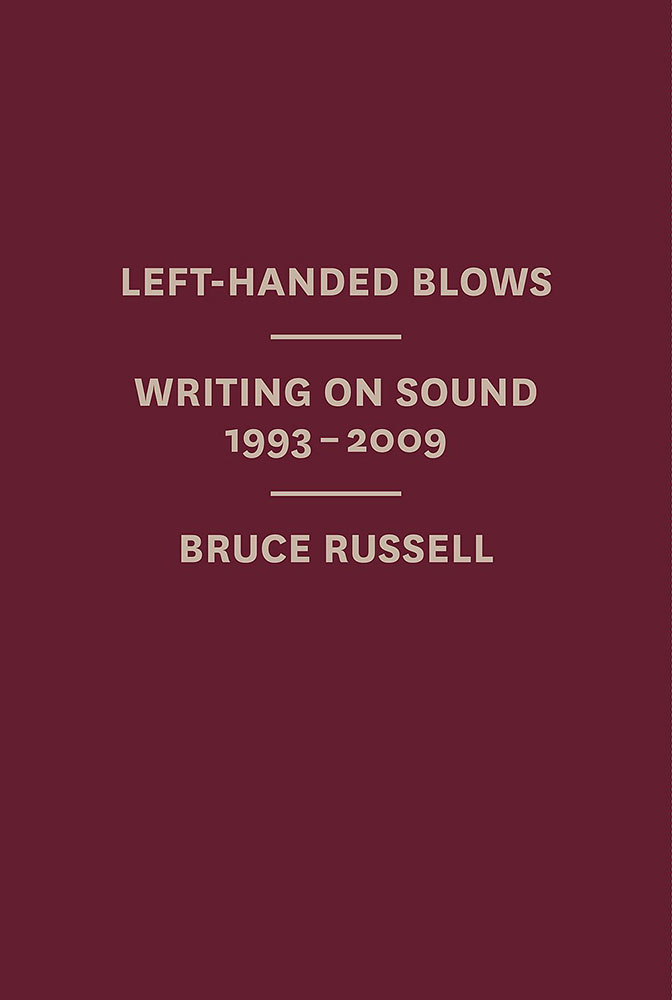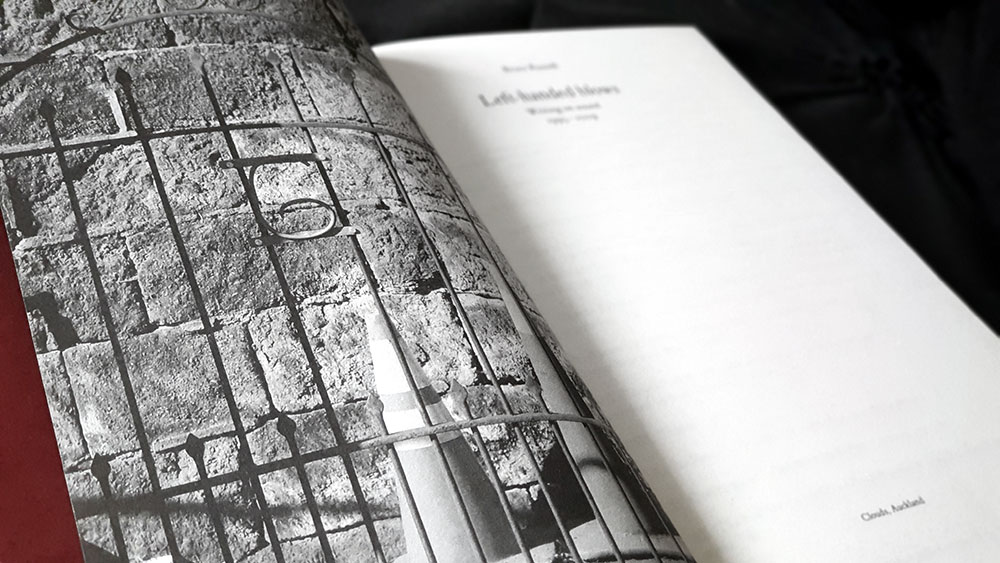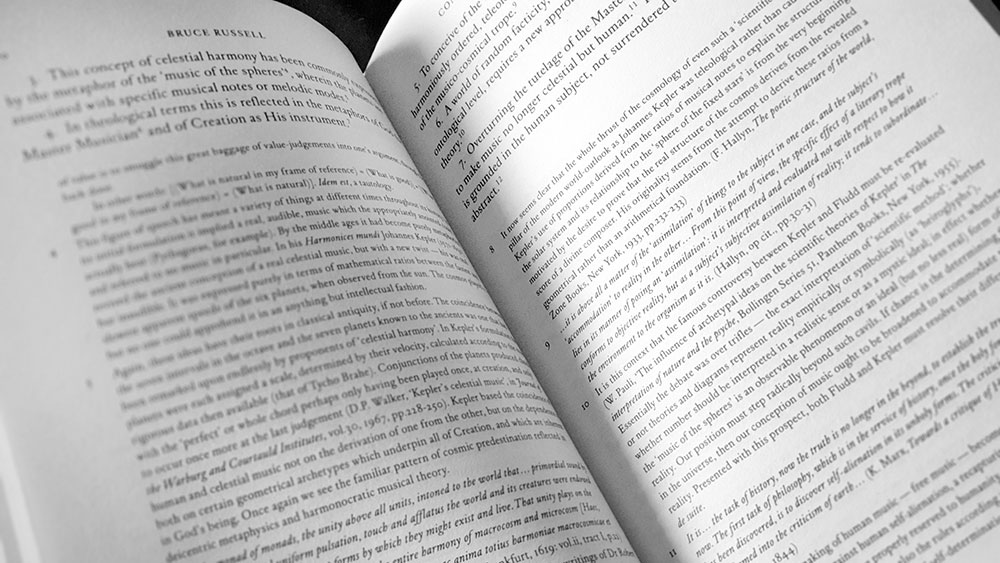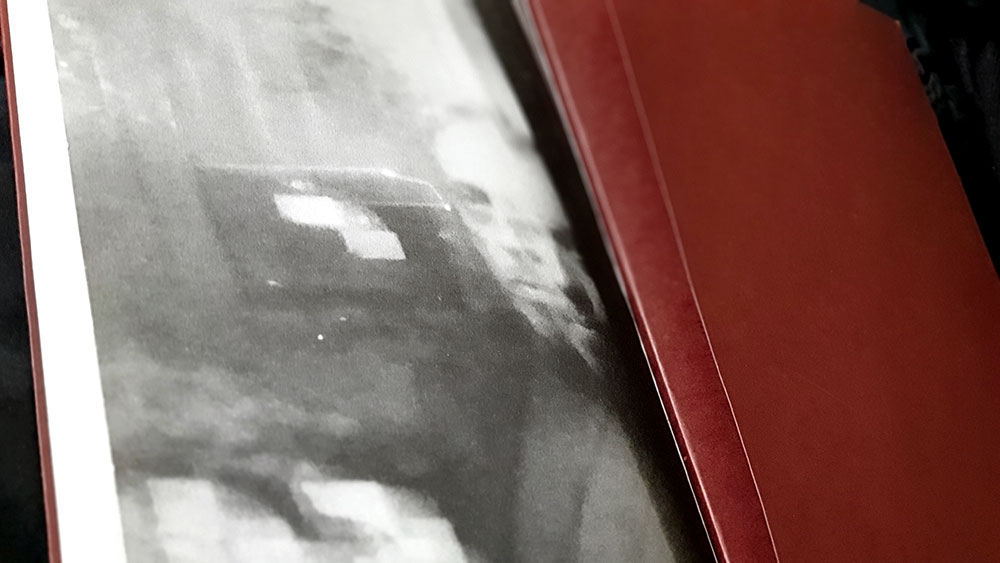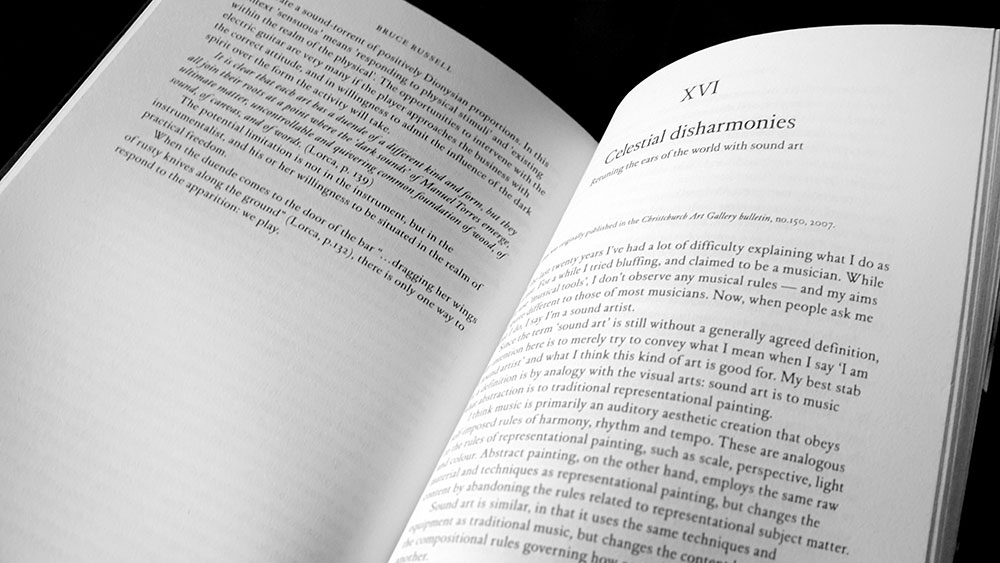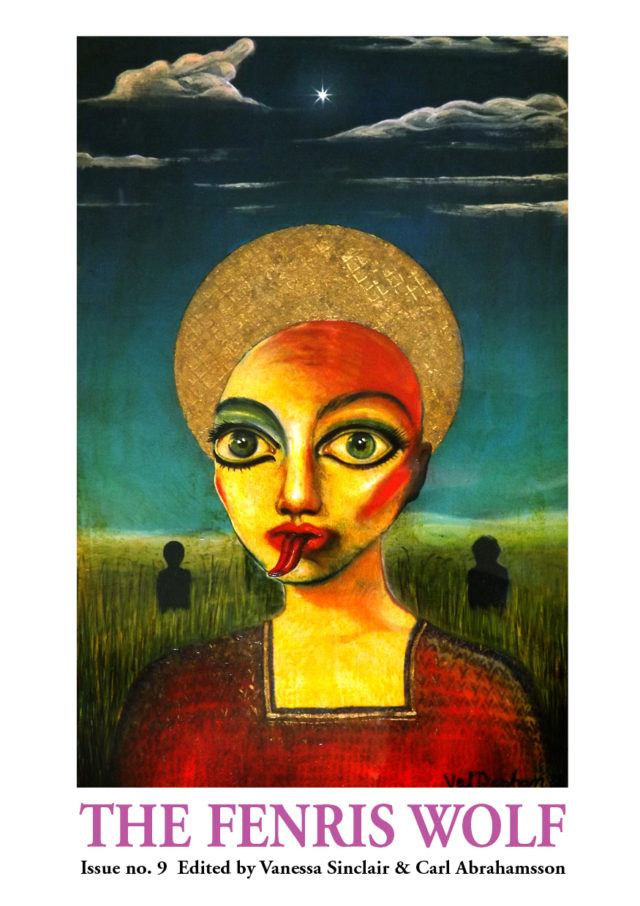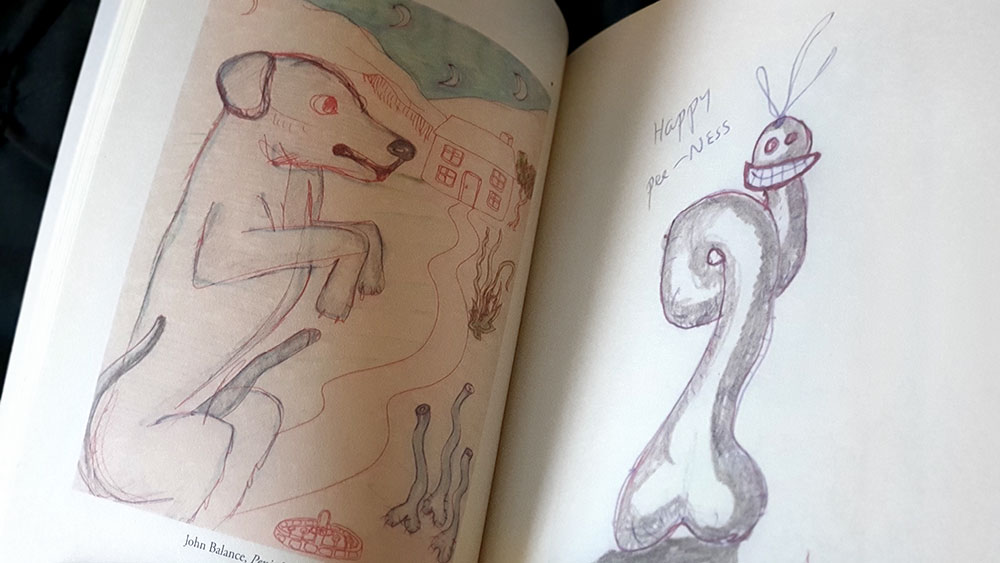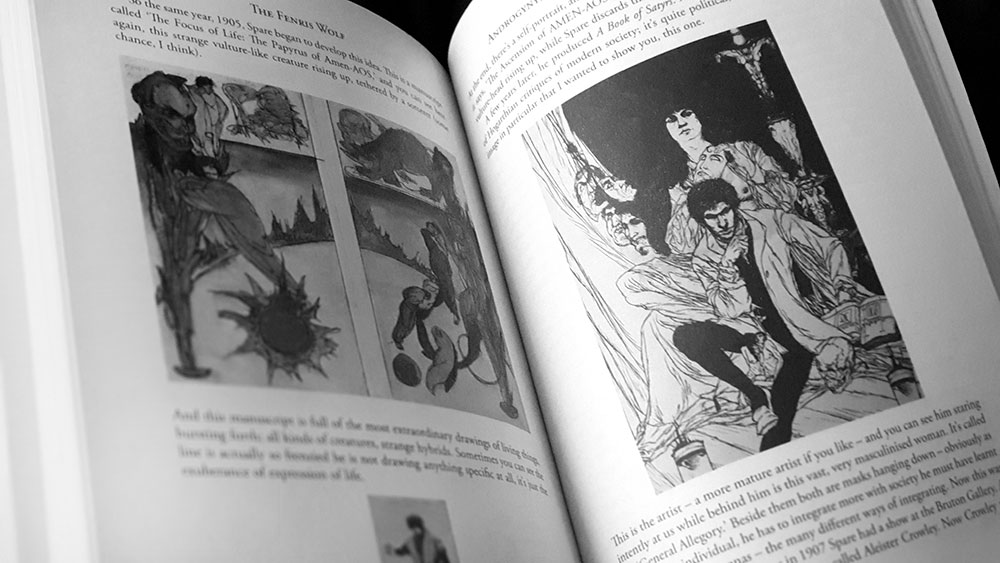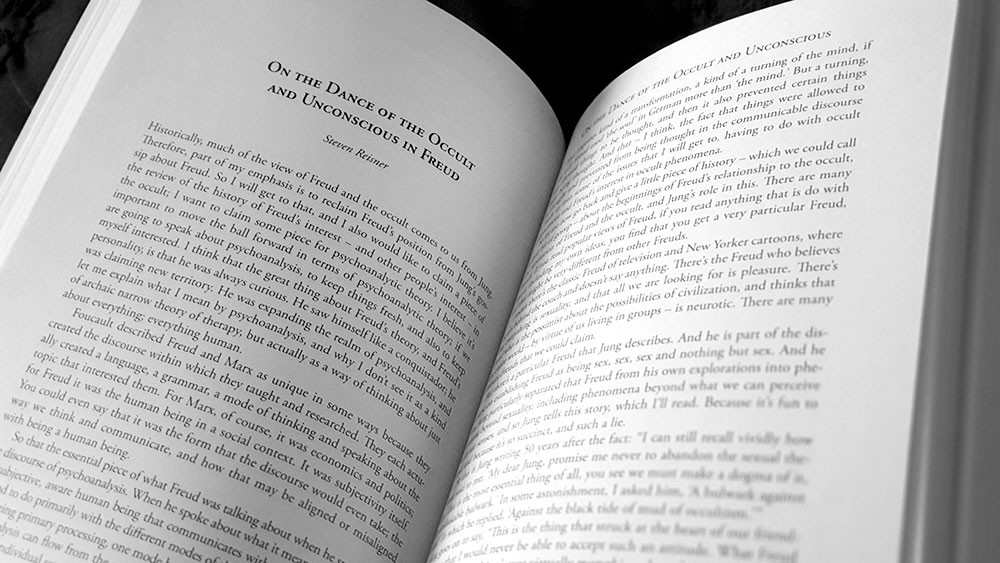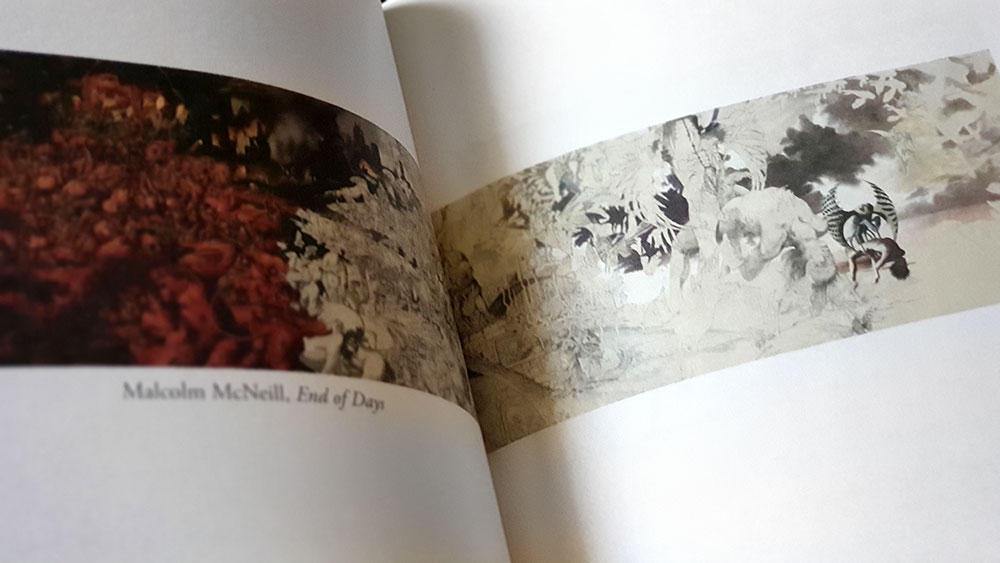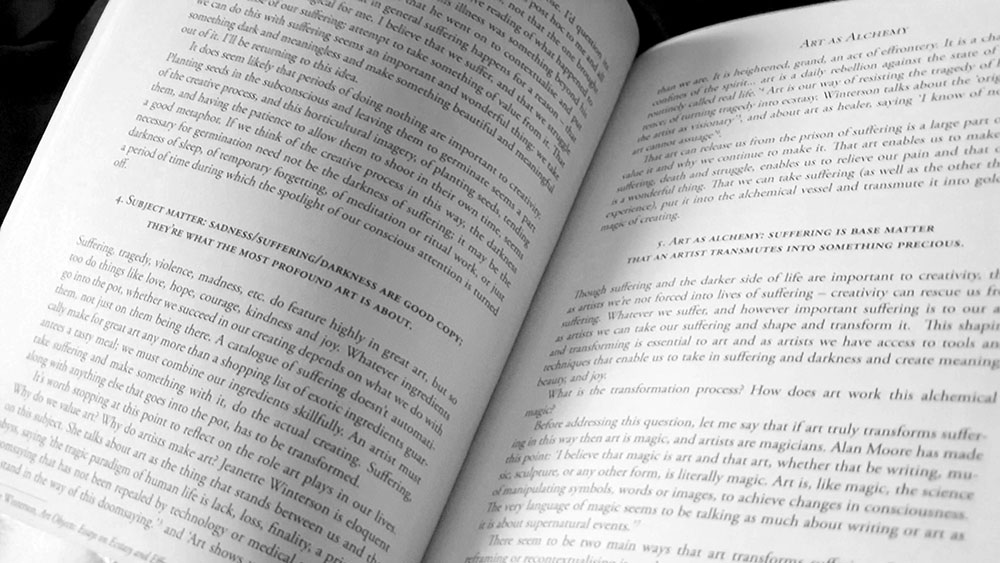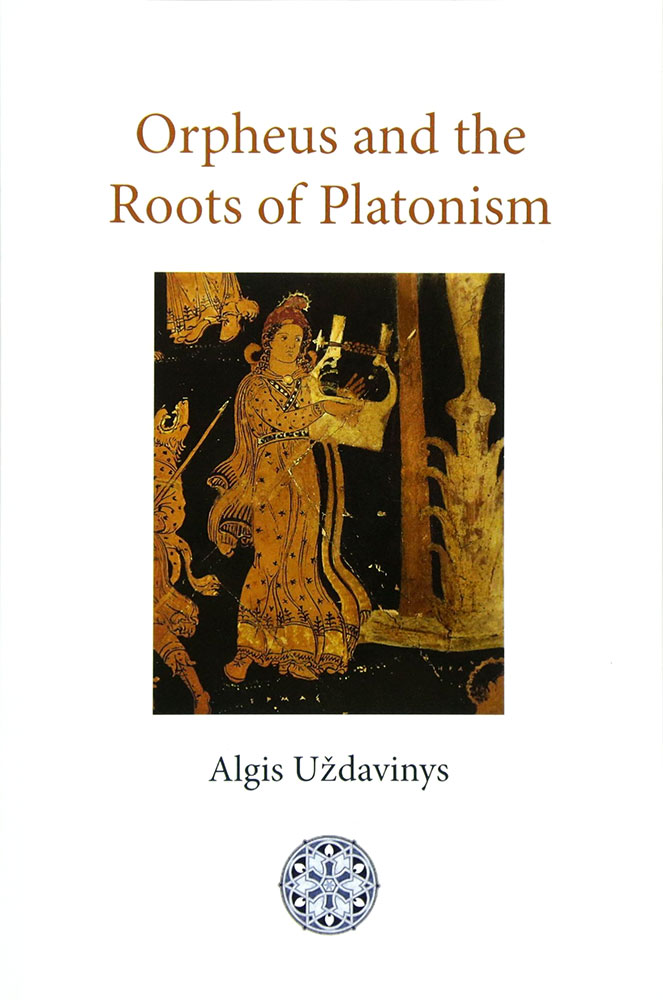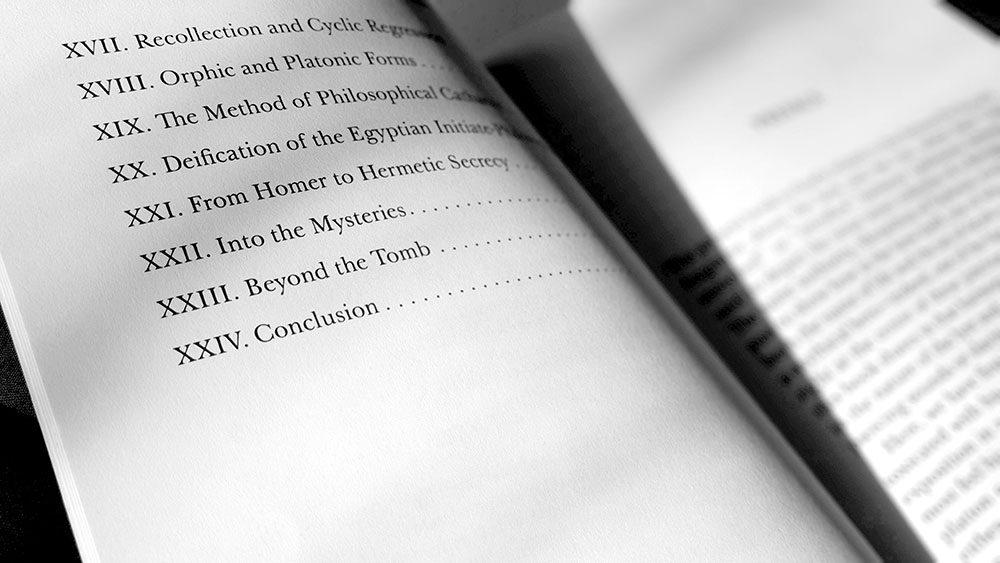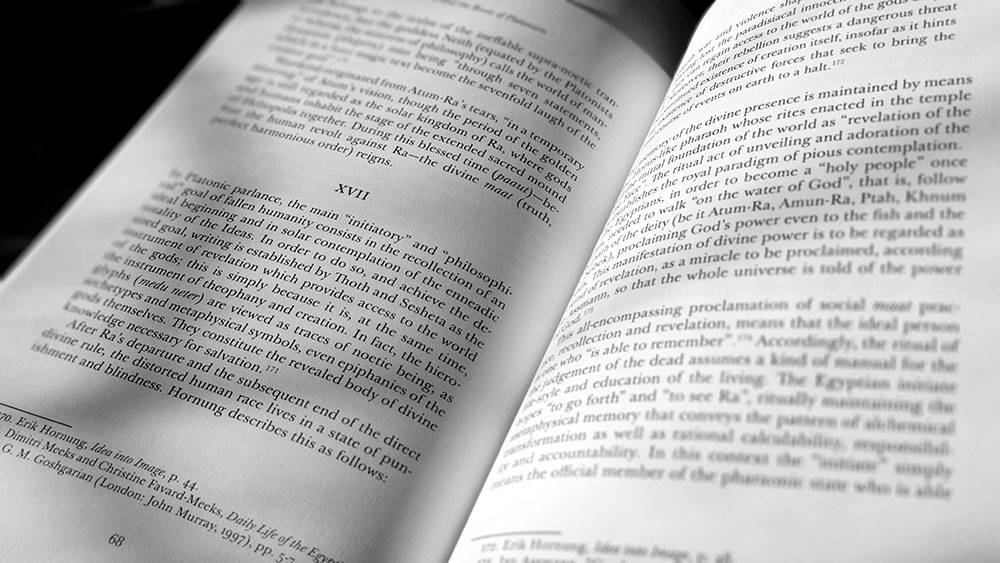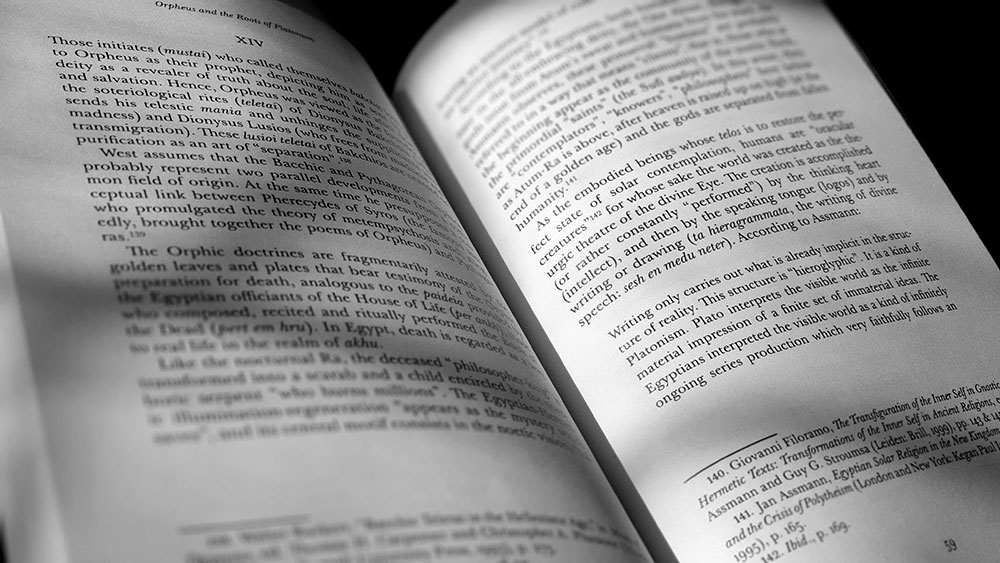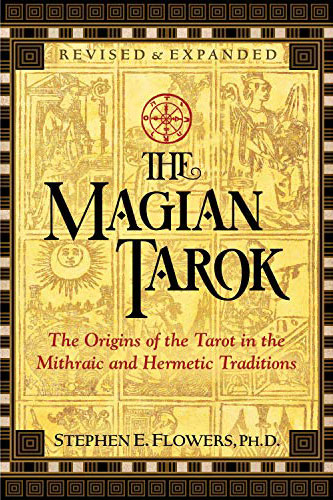 Inner Traditions and Stephen Flowers seem to have a lucrative and fulfilling relationship, reissuing many of his works from over the years, usually in revised, expanded and more substantial versions than their humble first pressings on Flowers’ own Rûna Raven Press. This is one such title, originally released in a preliminary edition following its effective completion in 1992, then more widely by Rûna Raven Press in 2006 and finally again in 2015 by Lodestar Books. Suffice to say, with a cover design by Aaron Davis and layout by Debbie Glogover, this incarnation has all the effortless class one would expect from an Inner Traditions title.
Inner Traditions and Stephen Flowers seem to have a lucrative and fulfilling relationship, reissuing many of his works from over the years, usually in revised, expanded and more substantial versions than their humble first pressings on Flowers’ own Rûna Raven Press. This is one such title, originally released in a preliminary edition following its effective completion in 1992, then more widely by Rûna Raven Press in 2006 and finally again in 2015 by Lodestar Books. Suffice to say, with a cover design by Aaron Davis and layout by Debbie Glogover, this incarnation has all the effortless class one would expect from an Inner Traditions title.
The Magian Tarok follows a slightly atypical trajectory, placing, as its subtitle makes clear, the origins of the tarot in Mithraic and Hermetic traditions, rather than any of the more usual suspects, credible or not; an idea touched on briefly by Flowers in his book Hermetic Magic. In his introduction, Flowers details how the inspiration for this book long preceded its 1992 completion, having its inception in 1981 whilst he was researching in Germany. Here, the idea had an unlikely source, being found in the academic works of the Swedish poet and philologist, and promoter of the Uthark theory of the runes, Sigurd Agrell.
Flowers begins by talking tangentially, and in somewhat surprisingly glowing terms, about postmodern theory, but, of course, one as perpetually gruff and traditionalist as he isn’t referring to *that* postmodernism, oh no, heaven for fend. Instead, he is talking about, you know, the real one; the one that probably chops wood with an axe, smokes cigars, drinks whiskey, and has a moustache, rahhhh. Needless to say, Flowers can’t resist shaking his fist at those “Marxists and crypto-Marxists” on his lawn, hijacking postmodernism and storming poor, defenceless academia, saints preserve us. This is a peculiar little spittle of invective that once again highlights the incongruity of the relationship betwixt Flowers and Inner Traditions; a company one can’t imagine spends a lot of time railing against the modern world, not when there are books to be sold about vibrational nutrition, healing crystals and tuning the human biofield. This is particularly so as Inner Traditions are the kind of publisher that comes to mind in Flower’s preface when, in the very first paragraph, he laments that the modernisation and desacralisation of the tarot “has gone so far that one can even now buy “Teen Tarot” packages;” as if this apparently inconceivable proposition was one of the veritable signs of the apocalypse, right up there with human sacrifice and cats and dogs living together. Lawks, save us all from the twin evils of teenage girls and post-structuralist academics, they assail us from all sides.
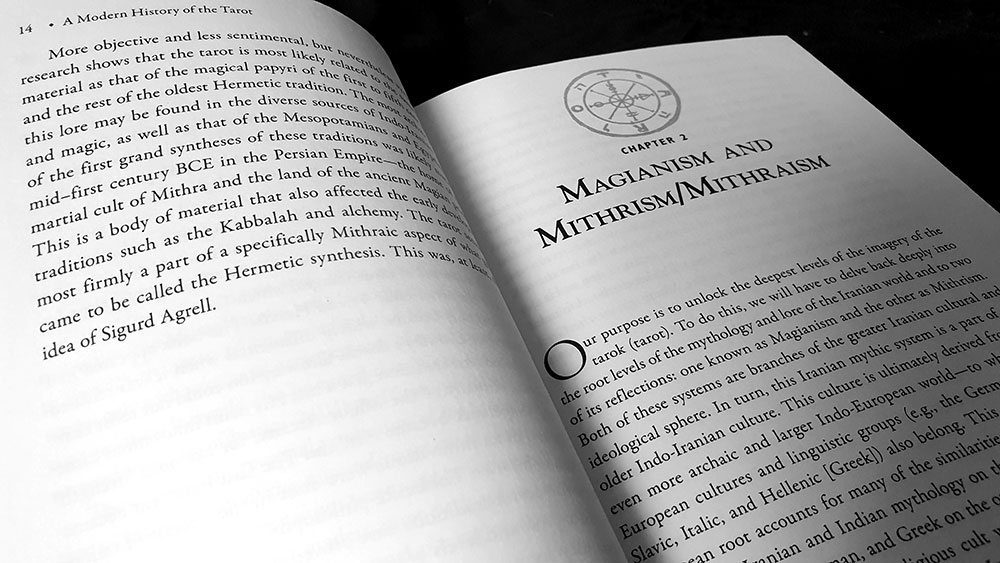
To ground the book’s central hypothesis, Flowers spends a considerable time, 52 pages in all, summarising Mithraism, along with its antecedents and contemporaries: Zoroastrianism, Magianism and briefly, Stoicism. This immediately provides a perfect encapsulation of some of the problems with the writing found in The Magian Tarok; something that comes as a surprise given Flowers’ experience and mileage as an author. Despite its 52 pages, this one chapter contains only five cited references, all from Franz Cumont’s seminal if not unassailable The Mysteries of Mithras, with all other secondary sources uncited, thereby leaving the reader to entirely trust Flowers’ description of these religious systems or to guess the source from amongst the three page bibliography at the back. Two of these citations relate awkwardly to a summary of Cumont’s highly speculative recreation of the story behind the tauroctony (the familiar if enigmatic slaying of the bull by the Roman form of Mithras), which, given the text’s block quote formatting makes it appear to be a direct quote from The Mysteries of Mithras, which it isn’t. This lack of sources other than Cumont is problematic given that so much of the writing is riddled with weasel words and false appeals to authority. There’s an abundant use of qualifiers like ‘maybe’ and ‘perhaps,’ but even more egregious are those appeals to false authority with phrases such as “it has been said,” “some say” and “some believe,” as well as references to some unspecified “most early scholars” and their descendants, the equally anonymous “some recent scholars.”
In addition to issues with referencing are some sloppy editing moments where whole sections of information are repeated redundantly, almost as if a few notes have been fleshed out one way and incorporated into the text, only for the author to rewrite the same information and insert it into the body a few pages later, appearing to forget doing it the first time. On page 15, for example, Flowers introduces Zarathustra and relates how this Iranian priest identified the embodiment of absolute divinity as Ahura Mazda (Lord-Wisdom), with all other gods and goddesses as abstract principles created by them. A brief five pages later, with the details still fresh in the memory of the reader, if not his own, Flowers disorientatingly introduces Zarathustra again and tells how he identified the embodiment of absolute divinity as Ahura Mazda (Lord-Wisdom) with all other gods and goddesses as abstract principles created by him. In other instances, concepts are discussed before they are defined, with, for example, Zurvanism being mentioned several times, albeit only by name, before a full explanation comes pages later, finally introducing Zurvan as if they hadn’t been mentioned in passing prior.
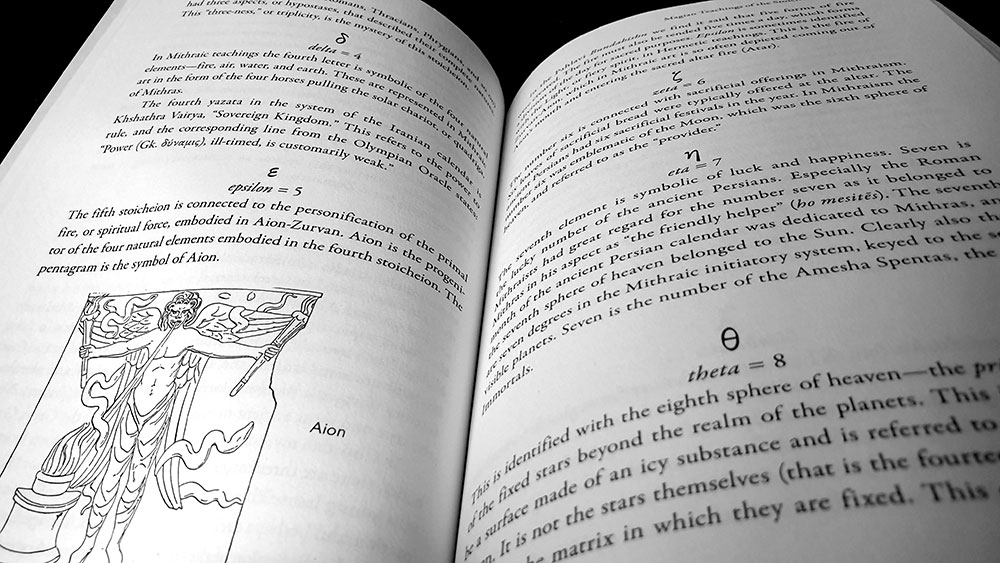
After this lengthy grounding, Flowers moves on to a consideration of stoiechia, by which is meant the letters of the Greek alphabet, thus providing the book’s first hint of a pathway between Mithraism and the tarot. Flowers presents an esoteric, Mithraic interpretation of each letter, seemingly based entirely on the work of Agrell as no other sources, ancient or modern, are mentioned. Thus, the bull symbolism of alpha (or at least its Phoenician antecedent aleph) relates to the tauroctony; beta, as the second letter, is the lesser god and second principle of life in Zoroastrianism, the malevolent Ahriman; whereas the third letter, gamma, refers to Mithras who in Greek texts, according to Flowers, was “often called” triplasios (‘three-times-as-much’) and which he takes to imply the idea of a Mithraic trinity. It is worth noting that the names of these many Greek texts are not cited and the primary, if not only, use in Greek of the triplasios term for Mithras is by the 5th-6th century Christian theologian Pseudo-Dionysius the Areopagite, where he employs it in the sense of thrice-great, rather than a trinitarian threefold.
This is all very speculative and it often feels like an association is made using the barest of symbolic simulacra, which is fine when one is doing an esoteric investigation for oneself, but less so when these correspondences are ostensibly being presented as an ancient belief system with a lineage that also stretches forward at least two millennia into the modern age. As the Greek letters do not have the rich symbolic associations of Hebrew or the runes, a meaning often has to be drawn, with some effort, from their numeric value using a simple Mispar Hechrachi-style number-for-letter formula. As a result, things get reachier the further into the alphabet one goes, with one of the reachiest being the eleventh letter, lambda, which is said to be associated with growth and vegetative virility. To get to this, Agrell noted that an excerpt from the Zoroastrian scripture Bundahishn tells how from five parts of the slain cosmic bull sprung 55 types of grain and twelve kinds of healing herbs. Discounting the twelve herbs, Agrell introduced the number 11 and tortuously argued that since 5 times 11 equals 55, then 11 must be the number that signifies growth and vegetative virility; not the referenced 5, nor 55, and certainly not 12. Like we said, so reachy, and that’s not even taking into account that the Bundahishn excerpt in question has Ahriman and his evil forces as the killers of the bull, not Mithra, who in his Iranian form is never associated with that act.
Undaunted with the sketchiness of this assignment to the Greek alphabet of myriad Zoroastrian and prochronistic Roman Mithraist elements, the next chapter moves forward in time with an assumption that said esoteric attributes were transferred from the Greek letters to their Latin equivalent. Little time is spent on this evolution and instead Flowers takes it as read and moves swiftly on to Agrell’s interpretation of the tarot, admitting for the first time that it would be untenable to suggest that the tarot trumps existed at this period in their later card form, but rather that their symbolism was then extant and conveyed in the esoteric import given to symbols, such as the Greek and Roman letters. Only later, the theory goes, were these arbitrary (and seemingly reverse-engineered) associations given pictorial form in the cards of the tarot; assuming an uninterrupted lineage of centuries.
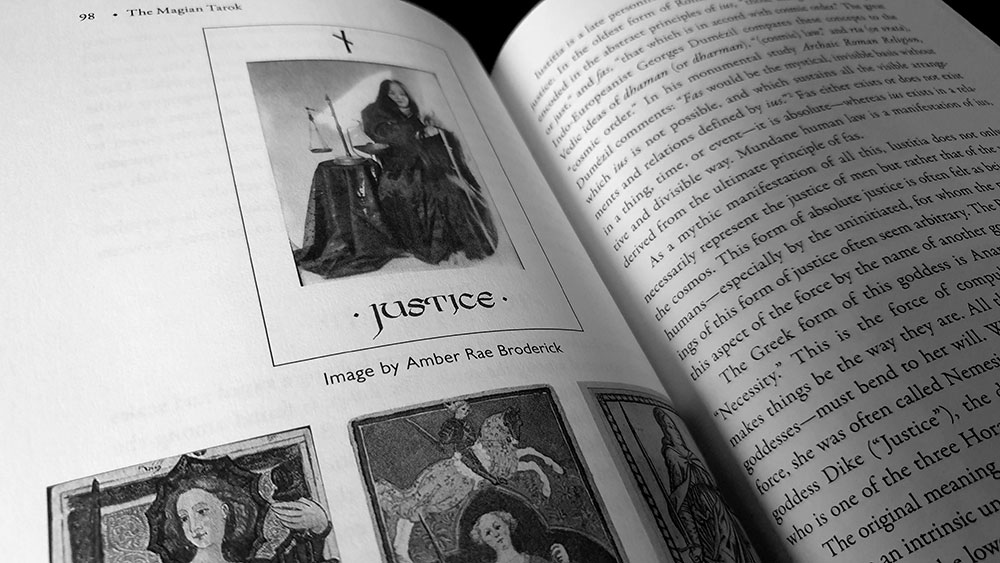
Flowers goes through each of the trumps, giving Agrell’s interpretation and fleshing out the information with additional details. There’s a lot of wrangling of imagery drawn not just from Mithraism’s limited symbolism but also ancient Egypt, Greece and more broadly, Hermeticism, all of which has to then be inelegantly tied back to Mithraism in order to fit the brief; although sometimes the stretch was apparently too great to bother with. Thus, the wand-wielding Magician is linked to a was-sceptre-holding Set, but then Flowers has to make this relevant to Agrell’s hypothesis with a hand-waving claim that “it is also likely” that during the Persian rule of Egypt, their Mithra was identified with the native Set. Similarly, The High Priestess is just, well, any queen-like goddess figure, so yeah, let’s say Isis, and well, maybe Cybele, and then let’s see if we can tie this in to Mithras based merely on the proximity of their respective cults, Yeah, that’ll do. Next! What, another goddess figure for The Empress? Ahh, that must have been Diana for, um, reasons. These Mithraists weren’t exactly bothered about encoding many figures unique to their ill-defined cosmology into these cards, any old god will do, almost as if these magi had the benefit of four millennia of mythological hindsight at their disposal.
Throughout this analysis, any coincidence is looked upon as proof and any inconsistency is acknowledged as something that must have changed, albeit for unspecified, mysterious reasons. Thus, The Fool is an image of the tauroctony, but the bull has been turned, naturally, I guess, into the jester figure, with his cap and bells read, for the first time by anyone ever, as bull’s ears. Mithras himself is completely absent, but lo, a dog seen in the tauroctony is there in the trump; although let’s ignore the fact that the dog is parasitically licking the bull’s blood in the former, while trying to warn the Fool of imminent danger in the latter. Not to mention that the dog first appears in the Marseilles deck, and not in any of its 15th century predecessors.
Ultimately, none of the interpretations of the cards are very convincing and the entire premise fails to move beyond confusing correlation for causation. Rather than showing that there was some ancient template for the 15th century tarot deck, inconceivably carried through time for over 1500 years by a secret magian brotherhood straight out of Dan Brown’s tawdry fiction, the swish of Occam’s Razor would argue that the 15th century designs, like any other creative output, drew their imagery from a vast array of extant sources and influences, both esoteric and mundane. Once again, if it was simply a matter of retroactively applying a Greek, Hermetic and tiny sliver of Mithraism to the symbolism of the tarot, in a manner done, for example, by anyone designing a new tarot with a specific cultural variation, then that would be fine; even if the links are, as mentioned, often tenuous. The issue though is with the implausible central hypothesis that all this happened the other way round, all managed by magian adepts with a knowledge of Hermeticism, two versions of Mithras (both Persian and Roman), who were also cognisant of a future where mere playing cards could become a system of divination (and then desacralized by those damn teenagers). This sloppy scholarship is exacerbated by the attempts to give names to these non-existent Roman trumps, as if that’s what they would really have been called, claiming for example that the original Roman name for Strength “was probably Magnitudo,” that for The Hanged Man “the evocative interpretation was probably Noxa,” that the Roman name for Temperance “was likely Pluvia, “rain (water),”” and that The Devil “would have carried the name Quirinus.” Even with those weasel word caveats, these are pretty bold claims to pull out of the aether and I could just as easily say, with comparable certainty, that The Tower was originally almost certainly most definitely called Geminae Turris (and the other tower was removed from the card’s imagery at some point because, you know, reasons).
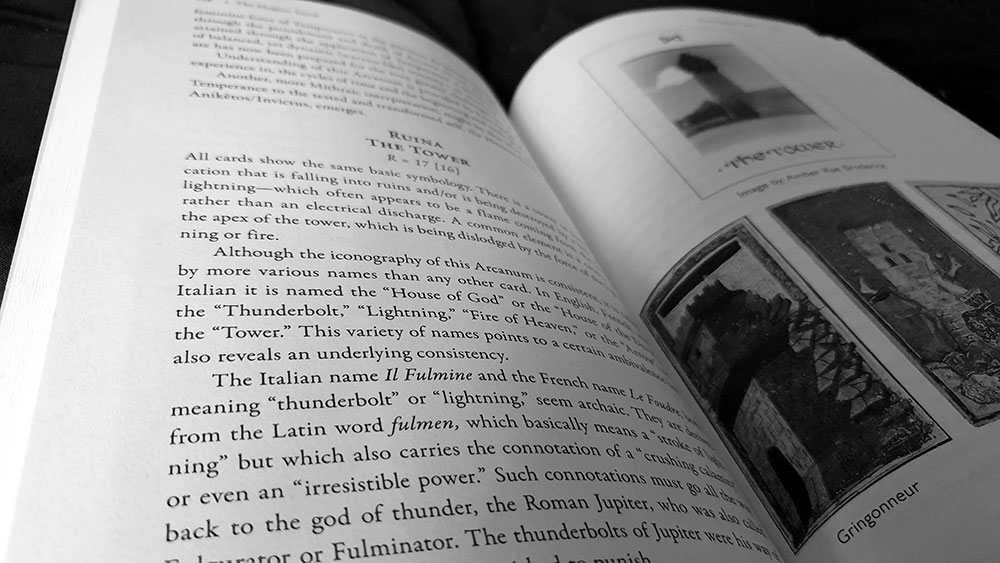
As an argument for a theory best left in the 1930s, the content of The Magian Tarok has little to recommend it, stretching symbolism, time, logic and the reader’s credulity. At best, one could say the book is merely a prima facie presentation of Agrell’s theory and is not intended as either critique or advocacy, But beyond the tarot theory itself, as a history of Mithraism it is also lacking, rife as it is with its lack of reference to both primary and secondary sources, and with its preponderance of weasel words, setting the discerning reader adrift in a sea of uncertain provenances and fruitless speculation. Given the relative obscurity of Mithraism, a clearer, more referenced consideration of the topic would be recommended, with less reliance solely on Cumont, as some of his once popular theories have attracted criticism over the years, beginning in 1971 with John Hinnells and R.L. Gordon at the First International Congress of Mithraic Studies.
The layout of The Magian Tarok comes, as ever, by way of the expert hand of the aforementioned Debbie Glogover, who sets the body in Garamond, with Brioso, Goudy Oldstyle and Gill Sans as display faces. Images are dotted throughout the book and the tarot trumps are represented four-fold in each example, with a row of three cards drawn variously from the Visconti-Sforza, Marseilles, Grigonneur, Rosenwald and Mantegna decks, topped each time by a larger featured image from the photographic tarot of Amber Rae Broderick.
Published by Inner Traditions
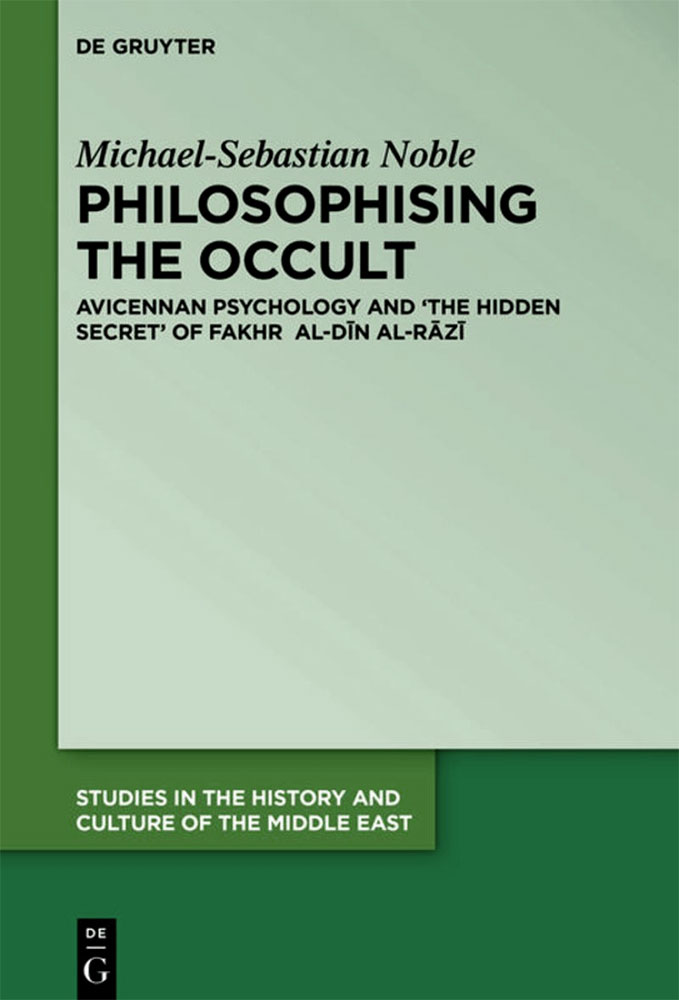 Presented as the 35th volume in De Gruyter’s series Studies in the History and Culture of the Middle East, Michael-Sebastian Noble’s Philosophising the Occult is a development of his 2017 doctoral thesis, pursued over four years at the University of London’s Warburg Institute. His focus here is on Fakhr al-Din al-Razi. Known as the Sultan of the Theologians, al-Razi was one of the most influential Islamic scholars of the twelfth century, writing various works on astronomy, chemistry, cosmology, history, jurisprudence, literature, medicine, ontology, philosophy, physics and theology. But he also covered matters considerably more magical and in one of his earliest works, Al-Sirr Al-Maktum Fiasrar Al-Nujcm (‘The Hidden Secret in the Secrets of the Stars’), he presented a study of the ‘craft’ of astral magic which drew upon spiritual discipline and natural philosophy to establish noetic connection with celestial souls in order to work wonders on earth. In this, the first ever full-length study of al-Sirr al-Maktum, Noble seeks to understand al-Razi’s intent in writing the work, and argues that it represents a synthesis of two sources: the perfect nature doctrine conceived by the twelfth century philosopher Abu’l-Barakat al-Baghdad?, and the naturalistic account of prophethood constructed by the eleventh century Persian polymath Ibn Sina (commonly known in the West as Avicenna).
Presented as the 35th volume in De Gruyter’s series Studies in the History and Culture of the Middle East, Michael-Sebastian Noble’s Philosophising the Occult is a development of his 2017 doctoral thesis, pursued over four years at the University of London’s Warburg Institute. His focus here is on Fakhr al-Din al-Razi. Known as the Sultan of the Theologians, al-Razi was one of the most influential Islamic scholars of the twelfth century, writing various works on astronomy, chemistry, cosmology, history, jurisprudence, literature, medicine, ontology, philosophy, physics and theology. But he also covered matters considerably more magical and in one of his earliest works, Al-Sirr Al-Maktum Fiasrar Al-Nujcm (‘The Hidden Secret in the Secrets of the Stars’), he presented a study of the ‘craft’ of astral magic which drew upon spiritual discipline and natural philosophy to establish noetic connection with celestial souls in order to work wonders on earth. In this, the first ever full-length study of al-Sirr al-Maktum, Noble seeks to understand al-Razi’s intent in writing the work, and argues that it represents a synthesis of two sources: the perfect nature doctrine conceived by the twelfth century philosopher Abu’l-Barakat al-Baghdad?, and the naturalistic account of prophethood constructed by the eleventh century Persian polymath Ibn Sina (commonly known in the West as Avicenna).